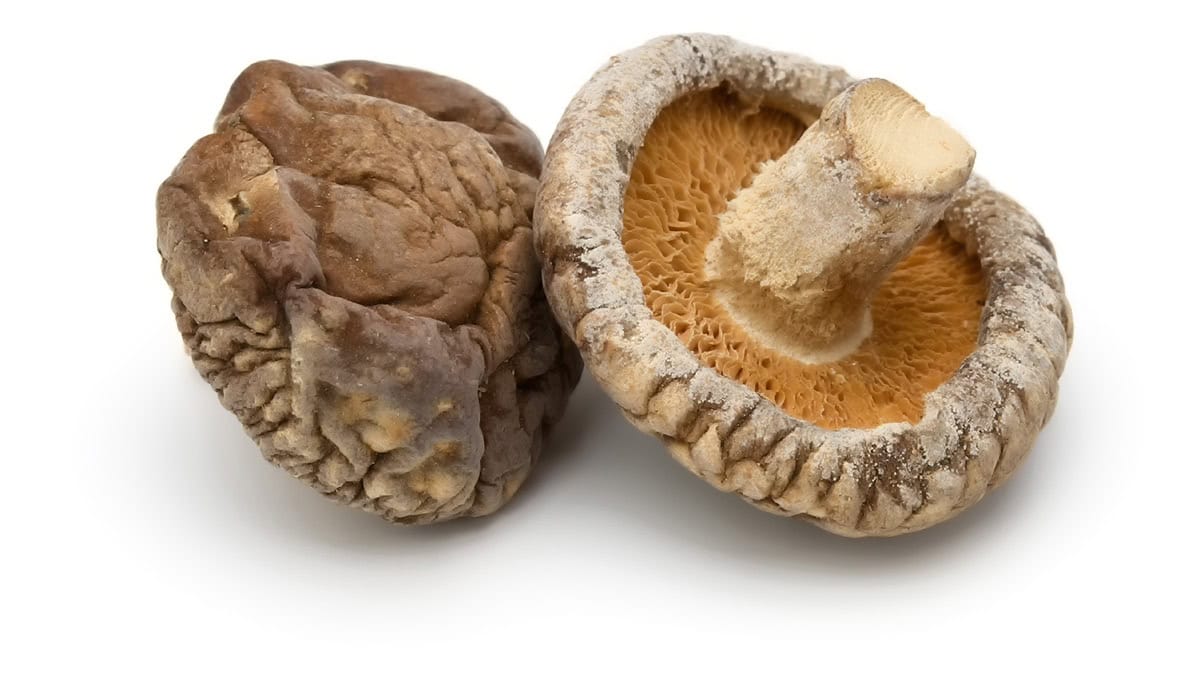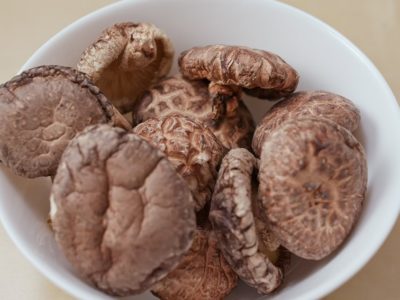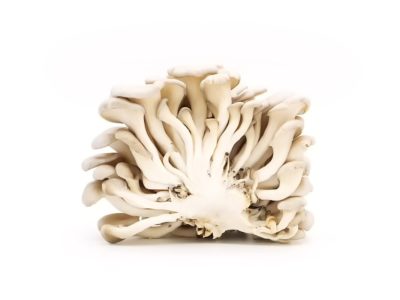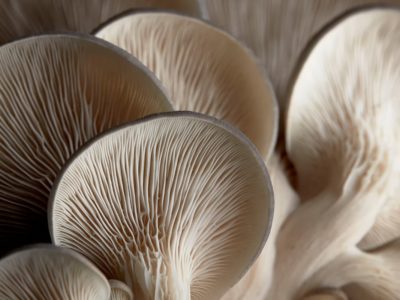Researchers isolated and purified a crude polysaccharide fraction (called cLEP) and two more refined fractions (called LEP1 and LEP2) from the mycelia of Lentinus edodes. LEP1 and LEP2 were identified as α-type heteropolysaccharides with specific types of linkages in their structure, including 1→2, 1→3, 1→4, and 1→6 linkages. The monosaccharides that make up these polysaccharides were found to include Gal, Glc, Man, Ara, Fuc, and Rha in LEP1, and Glc, Man, Fuc, Rha, and Gal in LEP2, each in specific molar ratios.
When these polysaccharides were tested in laboratory experiments using RAW264.7 macrophage cells, it was observed that they did not have any toxic effects on the cells. Instead, LEP1 and LEP2 significantly boosted the process of phagocytosis, as indicated by an increase in neutral red uptake. Furthermore, the levels of nitric oxide (NO), TNF-α, and IL-6 were higher in the groups treated with LEP1 and LEP2 compared to the group treated with cLEP. This suggests that LEP1 and LEP2 are more effective in enhancing immune responses.
Further analysis using qRT-PCR showed that LEP1 and LEP2 had a stronger effect on increasing the transcription of mRNA for iNOS, TNF-α, and IL-6 genes, which are involved in immune function. Additionally, Western blotting analysis revealed that LEP1 and LEP2 significantly promoted the phosphorylation of the kinases ERK and JNK, indicating that these polysaccharides enhance immune function through the MAPK signaling pathway.
Overall, the study suggests that LEP1 and LEP2, derived from Lentinus edodes mycelia, have strong potential as immune-enhancing agents, working through specific molecular pathways to boost immune responses.
Wang, T., et al. (2019). “Mycelial polysaccharides of Lentinus edodes (shiitake mushroom) in submerged culture exert immunoenhancing effect on macrophage cells via MAPK pathway.” International Journal of Biological Macromolecules 130: 745-754.



